A black market for holy relics thrived in the Middle Ages
Christian churches treasured objects associated with Jesus, Mary, and the saints, but con artists took advantage of the faithful, selling outright fakes.
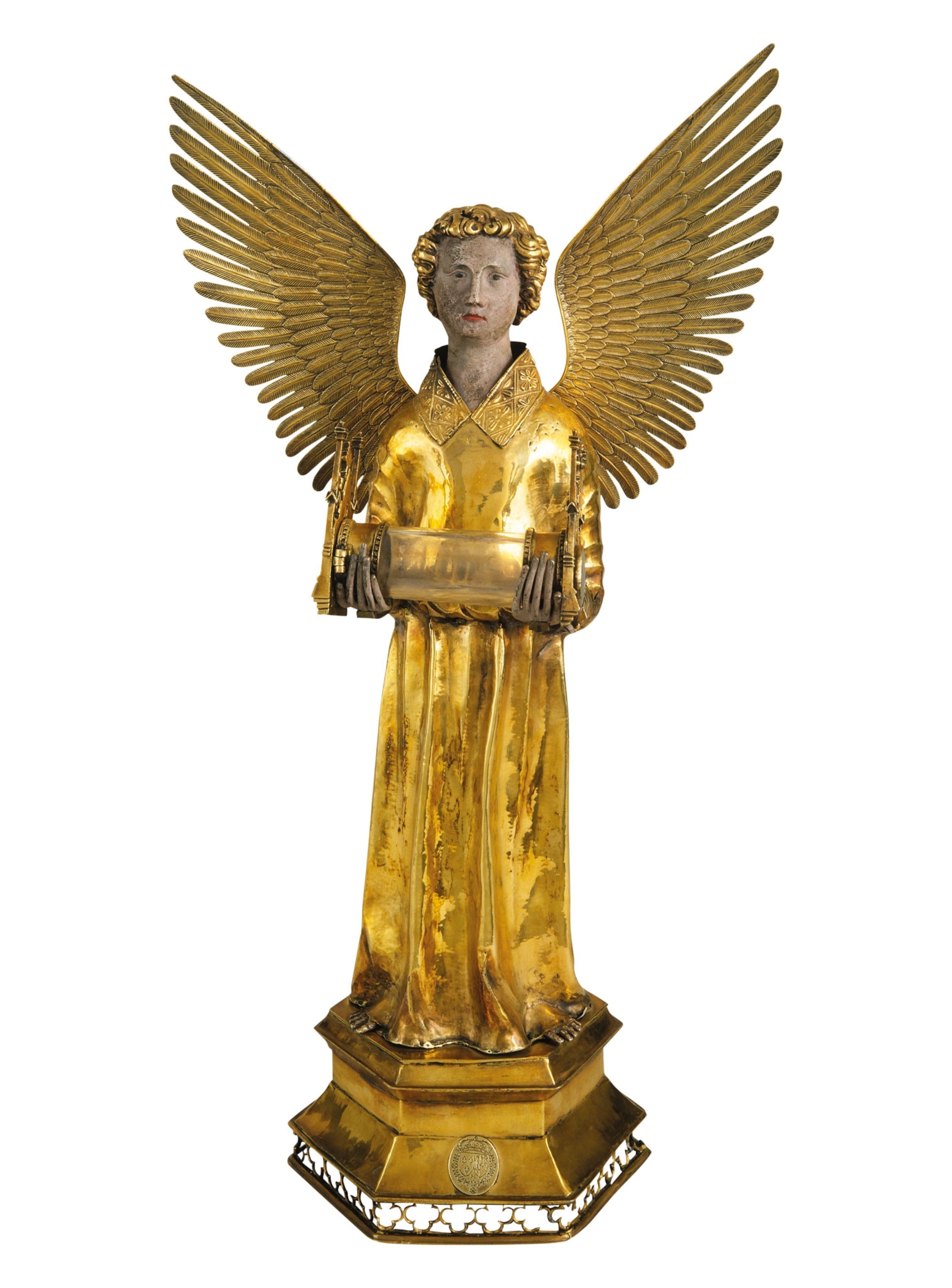
During the Middle Ages, objects and body parts associated with Jesus, the Virgin Mary, the Apostles, and the saints played a central role in Christian life in Europe. Faithful pilgrims flocked to sites across the continent to venerate these relics, like the skull of St. Bridget in Sweden, the girdle of the Virgin Mary in the Netherlands, and Christ’s blood in Belgium.
The top league of medieval relics were associated with Christ, the Virgin Mary, and the Apostles, with lesser saints and martyrs ranked below. Pilgrims flocked to Rome, site of the burial of St. Paul and the Basilica of St. Peter, believed to contain the remains of the Apostle Peter, the first pope. Ranked after Rome in importance was the Cathedral of Santiago de Compostela in Spain, which tradition holds is built over the tomb containing the remains of the Apostle James.
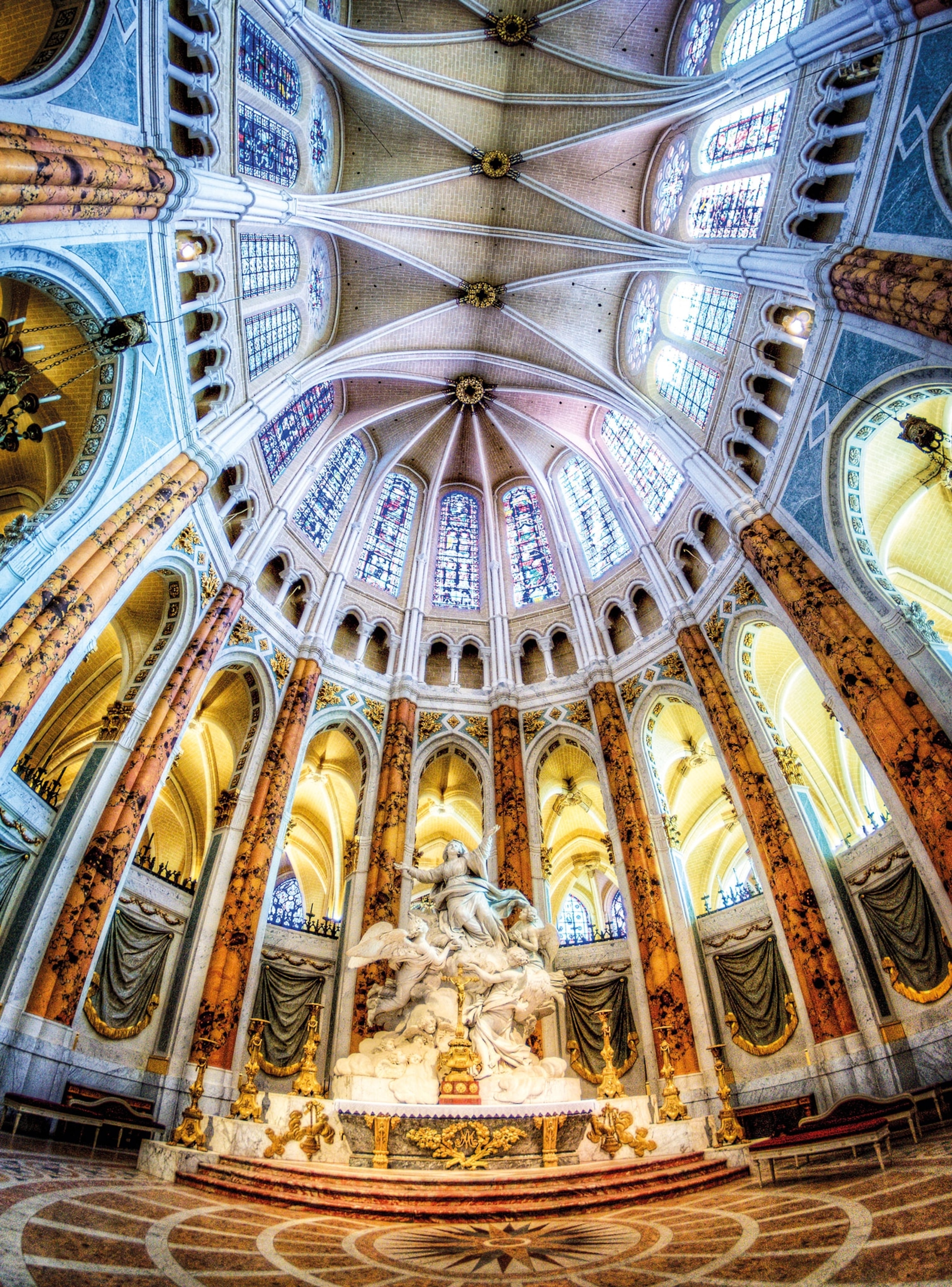
From the 11th century, relics were in even greater demand, to furnish the churches along the pilgrim ways. It has often been argued that the cult of relics became a victim of its own success: Regarded as objects of superstition by reformers, these objects would feature in the disputes that led to Europe’s violent split between Catholicism and Protestantism. (See inside today's cloak-and-dagger search for sacred texts.)
Bones of contention
Veneration of relics can be traced back to the early Christian period, when the bodies of martyrs were often scattered by the Roman authorities after execution, in a bid to deter future Christian converts. Despite their efforts, the faithful did take pains to gather up the remains of martyrs, to dignify them with Christian burial. These remains were regarded with awe, illustrated by an account of the martyrdom of Bishop Polycarp at Smyrna (modern-day Turkey) around A.D. 155. After he was burned at the stake, his friends “took up his bones, which are more valuable than precious stones and finer than gold, and laid them in a suitable place... to gather... and celebrate the birthday of his martyrdom.”
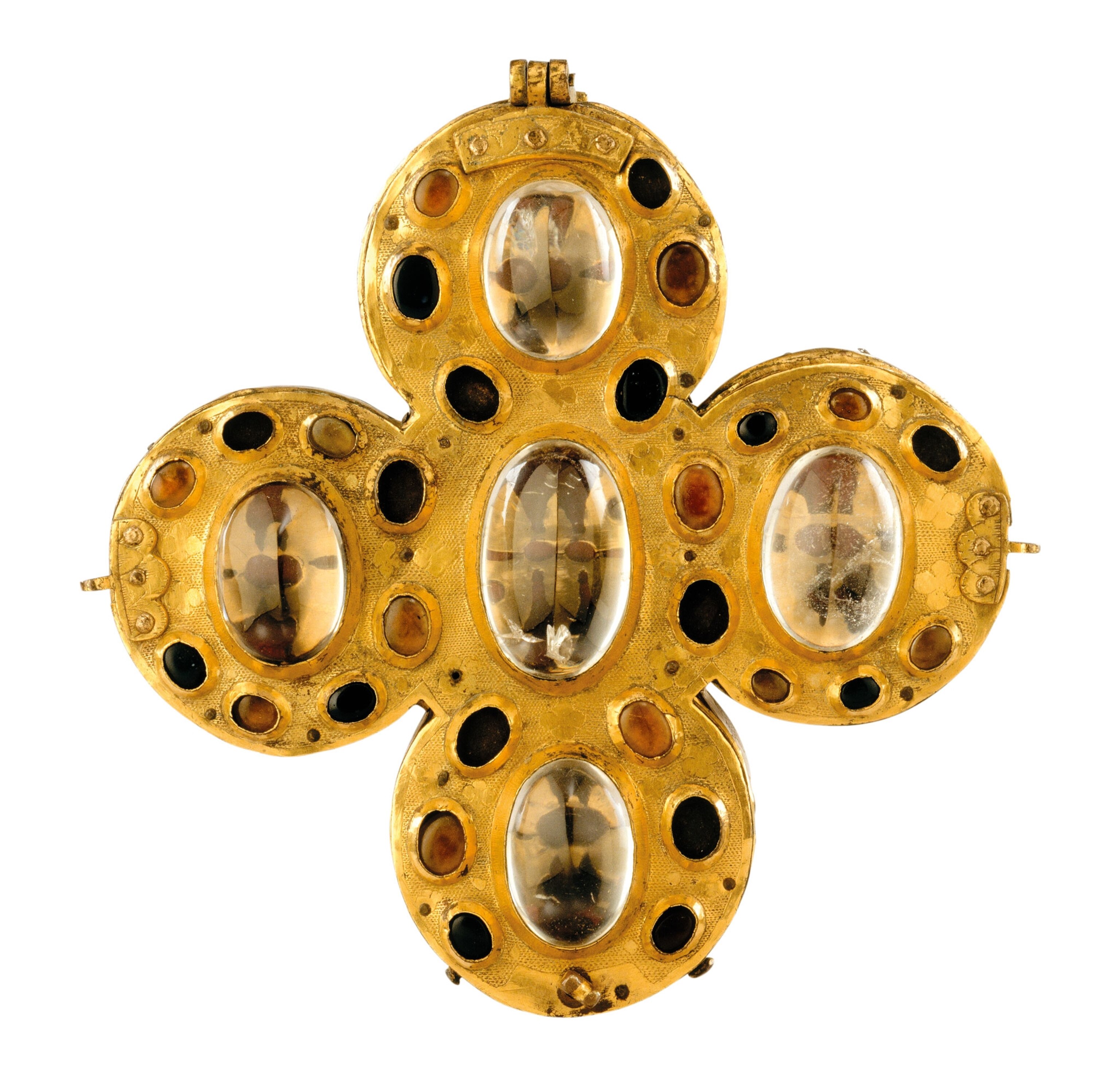

Catholic teaching holds that the relics of those who “live with Christ” are not to be worshipped, but venerated. Theologians say the objects themselves contain no holy properties or powers. It is, rather, that God is able to manifest works through the relics.
In the more practical context of day-to-day belief, however, relics were to become regarded as powerful objects. In A.D. 327 Helena, the mother of Constantine the Great, identified important Christian sites in Jerusalem, including the location of Jesus’ tomb. The tradition grew that Helena had also found fragments of the so-called True Cross on which Christ was crucified. Pieces of it were displayed in churches as early as 350. Sources at the time, such as Cyril, Bishop of Jerusalem, expressed surprise at the rapid dissemination of these objects.
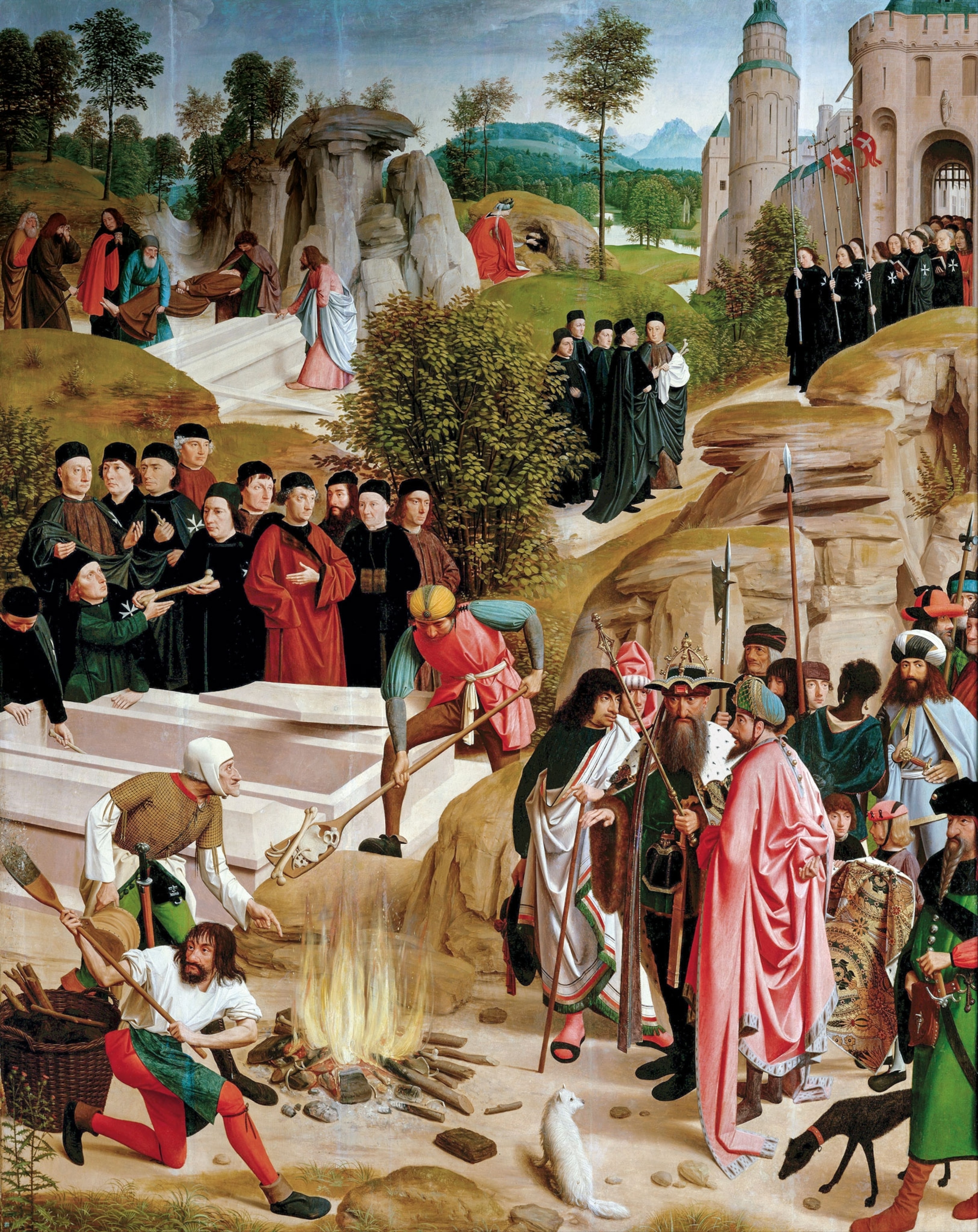
The relic racket
The spread of relics across Europe intensified as Christianity spread and the numbers of the faithful grew. In the Middle Ages the faithful would embark on pilgrimages to European cities to venerate relics. Traveling to the Holy Land itself was far too expensive a journey for most Europeans, but visiting sites closer to home was more within their reach.
The Spanish city of Santiago de Compostela, where the remains of St. James are believed to be interred, became one of Europe’s first major pilgrimage sites starting in the 10th century. The major pathways to the city became pilgrimage routes, and towns along the way built their own sacred sites and churches. (Santiago de Compostela was just one of Europe's major Christian pilgrimage sites.)
Such buildings also acquired relics to proclaim their splendor and attract the faithful. The great church at Conques in France housed the remains of the Roman girl martyr St. Foy, while the Basilica of St. Sernin in Toulouse held the remains of its eponymous, martyred saint, who tradition holds was dragged to his death behind a bull.
A market for relics developed, and institutions competed for them. Helping feed demand was the idea of the “associated” relic: By the early Middle Ages, the practice developed of leaving objects, such as cloths or silks, near a relic so they would “absorb” its qualities and then be sent to religious institutions as an object of veneration.
Forgeries also flooded this market. In 1215 the Fourth Lateran Council acknowledged that “Christianity is disparaged because certain people put saints’ relics up for sale and display them indiscriminately.” The princes of the church ruled to clamp down on the sale of known relics, and only to consider claims for newly found relics after a vetting procedure. (Here's what archaeology is telling us about the real Jesus.)
Fraud, however, continued. Far-fetched claims became the butt of jokes, even among Catholics. The early 16th-century Spanish humanist Alfonso del Valdés noted wryly: “I have seen Our Lord’s foreskin at Rome, at Burgos [Spain], and likewise at the church of Our Lady at Antwerp.” In Valdés’ lifetime, the relic question would feed into the Lutheran revolution in 1517, and typify for many the excess materiality and superstition of Roman Catholicism. In his 1543 “Treatise on Relics,” John Calvin railed at how believers had accepted “any rubbish presented to them” even if they were “evidently the bones of an ass or dog.”
THE SHROUD OF TURIN
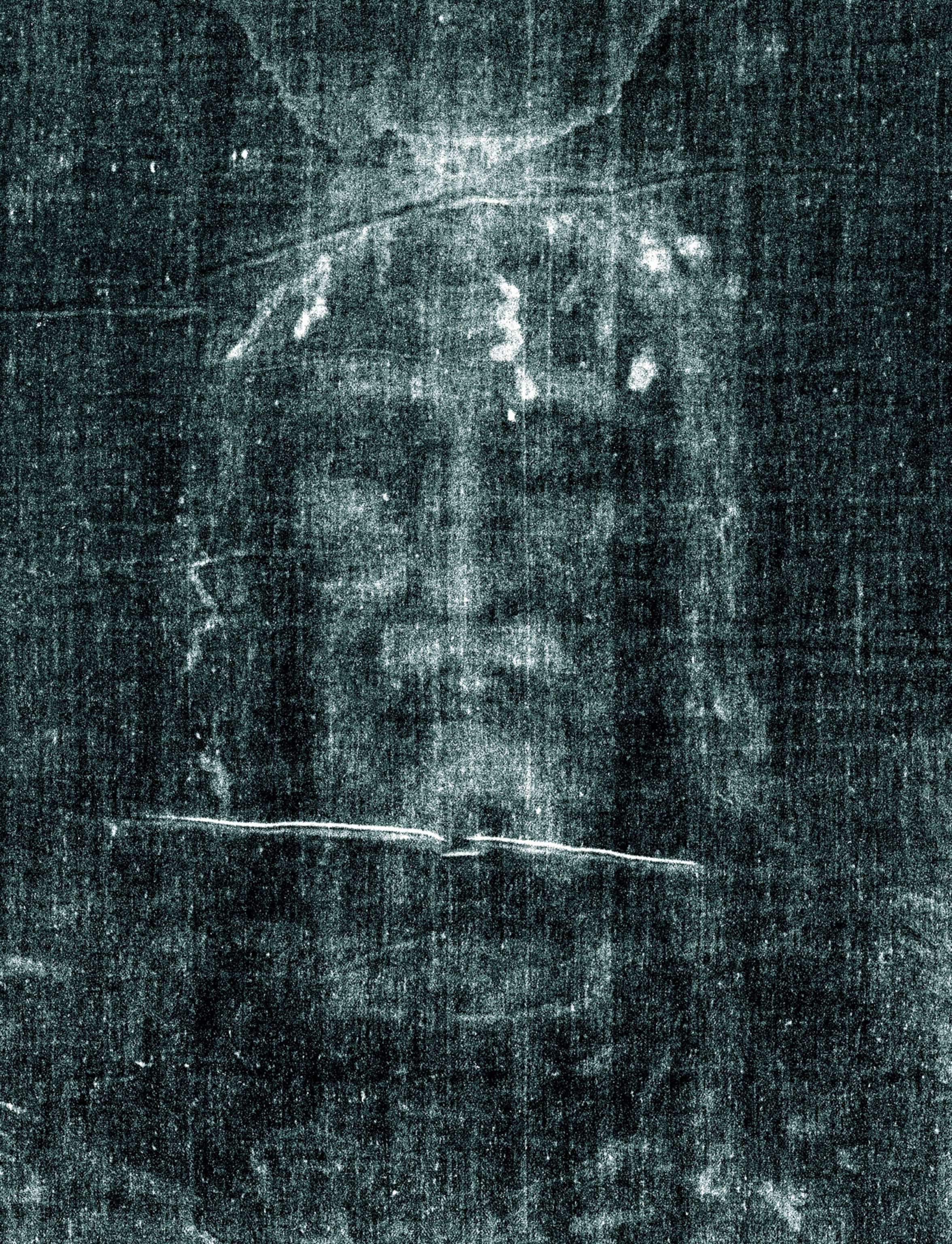
Housed in the cathedral of Turin, Italy, the cloth purported to be the shroud of Jesus electrified the world in 1898 when a photographer’s negative revealed a serene face whom many believed to be Jesus Christ. Although radiocarbon analysis in 1988 concluded the relic is a medieval forgery, mystery still surrounds it: Scientific analysis has not established how such a detailed image could have been imprinted.
Modern science has also continued to cast a skeptical eye on the authenticity of specific relics. Radiocarbon dating of the skull of St. Bridget at Vadstena in Sweden has shown that it predates the birth of the saint, and similar tests carried out on the Shroud of Turin reveal it is made of cloth from the medieval period, much too late to have covered the body of Jesus. Even so, for many modern pilgrims, the tradition of veneration trumps science. Many still journey to see these objects, which retain their potent air of mystery and holiness. (Here's why the Shroud of Turin's secrets continue to elude science.)
The True Cross
Fragments of the so-called True Cross, upon which it is believed Jesus was crucified, were some of the most sought-after relics in Christianity. The tradition that Helena, mother of Constantine, found the True Cross in Jerusalem connects the relic with the early spread of the faith and the cross’s growing symbolic importance within it.
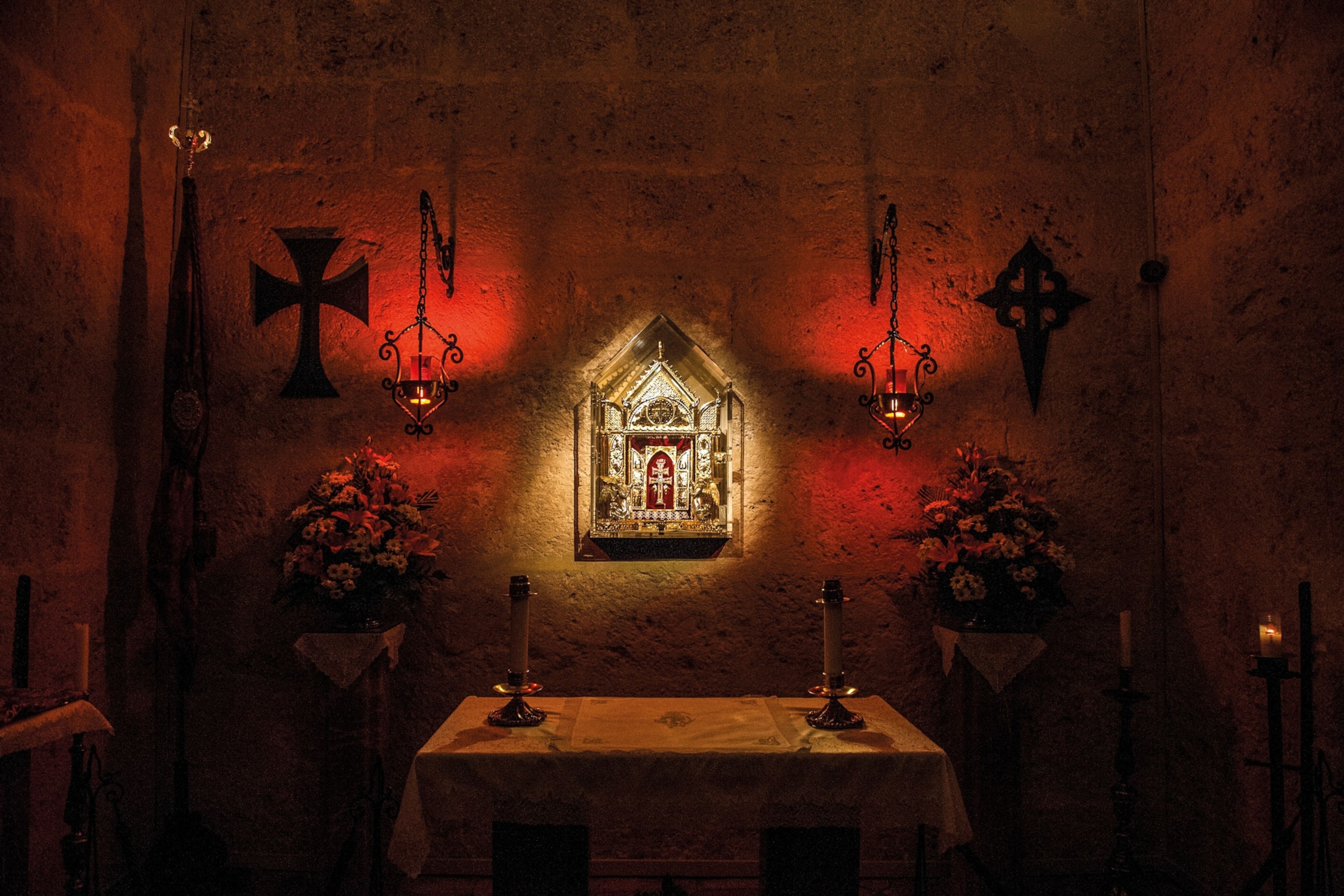
A poem by the sixth-century Bishop of Poitiers captures the reverence for the object: “Faithful cross, true sign of triumph, / be for all the noblest tree; / none in foliage, none in blossom, / none in fruit thine equal be.” Many Christian organizations sought fragments of the True Cross, which were often mere splinters.
A basilica in southeastern Spain has been home to pieces of the True Cross for centuries, the first arriving in a miraculous fashion. In 1231 Caravaca was under Muslim control when the miracle occurred. A captured Christian priest was demonstrating the Mass to a curious Muslim leader but lacked a cross for the ceremony. At that moment, sources say that two angels appeared bearing a glorious cross. The astounded commander converted to Christianity, and this cross, believed to contain a piece of the True Cross, became a revered relic held at the Sanctuary of the True Cross of Caravaca. It was placed in a reliquary in the form of a patriarchal cross (with two horizontal bars), which was replaced with one of a similar design in the 1700s. The relic was saved from looting during the Napoleonic wars in the early 1800s, but in 1934 thieves stole the golden reliquary and its contents, much to the town’s despair. In 1942 the Vatican gifted the sanctuary with two pieces of the True Cross, and a replica was made of the stolen reliquary.
Mystery of St. Mark
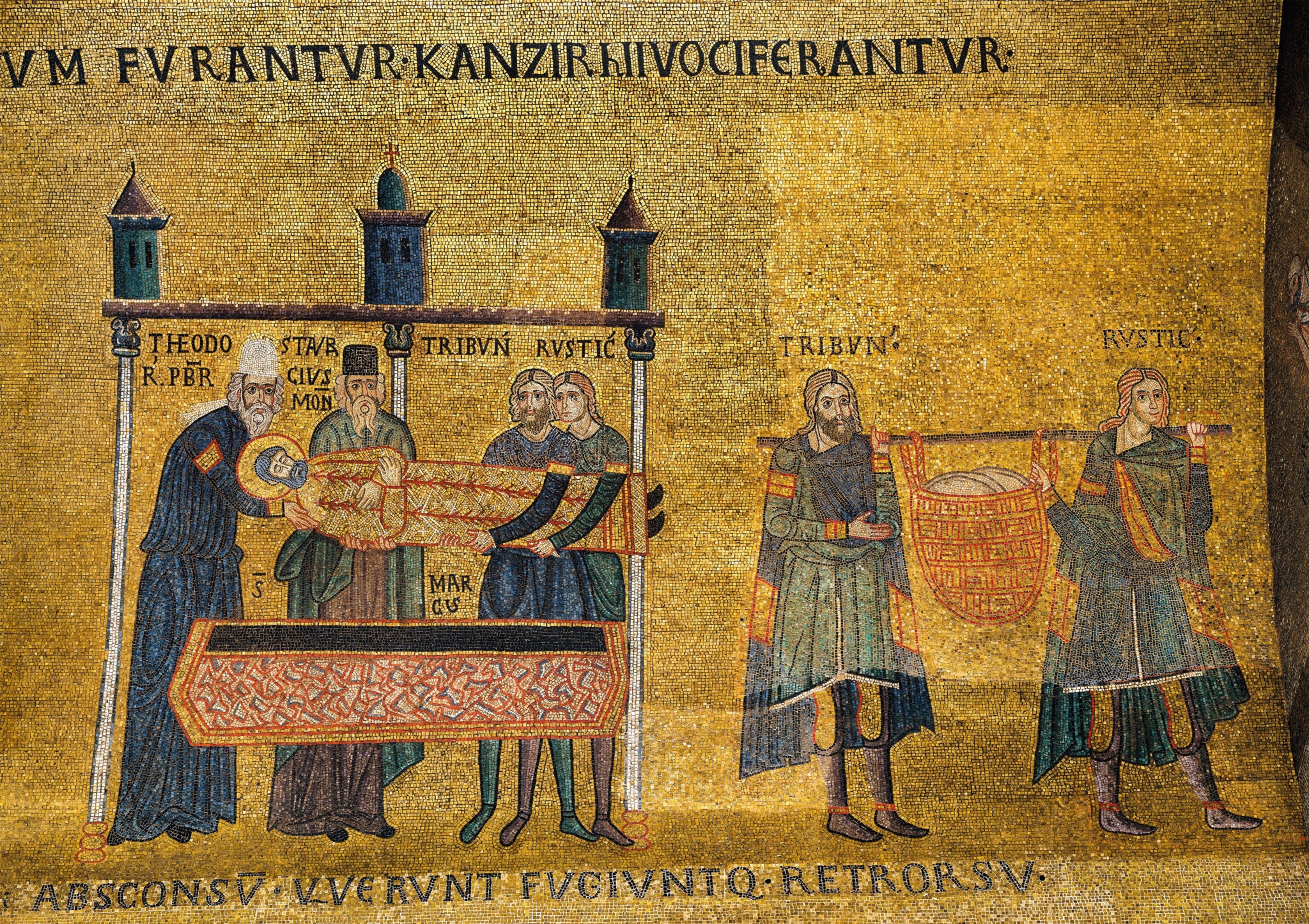
St. Mark, author of the second Gospel and founder of the Church of Alexandria, died in the Egyptian city in the first century A.D. Eight centuries later, the new, commercial power of Venice, Italy, wanted to cement its reputation as a trading power and a sacred city. Venice’s rulers, the doges, felt a truly magnificent saintly relic would serve both purposes. Venetian and Egyptian sources agree that Venetian envoys, possibly two merchants, arrived in 828 at the port of Alexandria—by then, a part of the Muslim world—and stole what they believed to be the body of St. Mark from its resting place.
Tradition records that they covered the body with scraps of pork (considered unclean in Islam) to deter Muslim officials from inspecting their cargo too closely. After many purported miracles, the ship arrived in Venice with the relic intact. To house these sacred treasures, Venice built a magnificent basilica, which was finished in 832. The basilica was rebuilt in the 11th century, when tradition holds that St. Mark’s remains were missing until the saint miraculously revealed their location hidden inside a pillar by extending his arm.
Some have disputed that the stolen remains belong to St. Mark, including historian Andrew Chugg, who argued in 2004 that the body in the basilica is that of Alexander the Great. Despite these claims, undeterred pilgrims still visit Venice’s Basilica di San Marco in huge numbers every year. (Archaeologists are skeptical the Ark of the Covenant can be found.)
Thousands of martyrs
An inscription at a church in Cologne, Germany, originated one of the medieval era’s most colorful set of relics. The fifth-century inscription records how the church was founded to commemorate a group of virgins who had been martyred on that spot in the 300s. A later tradition held that a woman named Ursula was among them. In the 12th century a discovery of a large number of skeletons nearby— almost certainly a Roman-era burial site—were believed to belong to Ursula and her companions. Considered relics, the remains sparked a widespread cult of St. Ursula, centering on the legend of a martyrdom of these pious virgins.
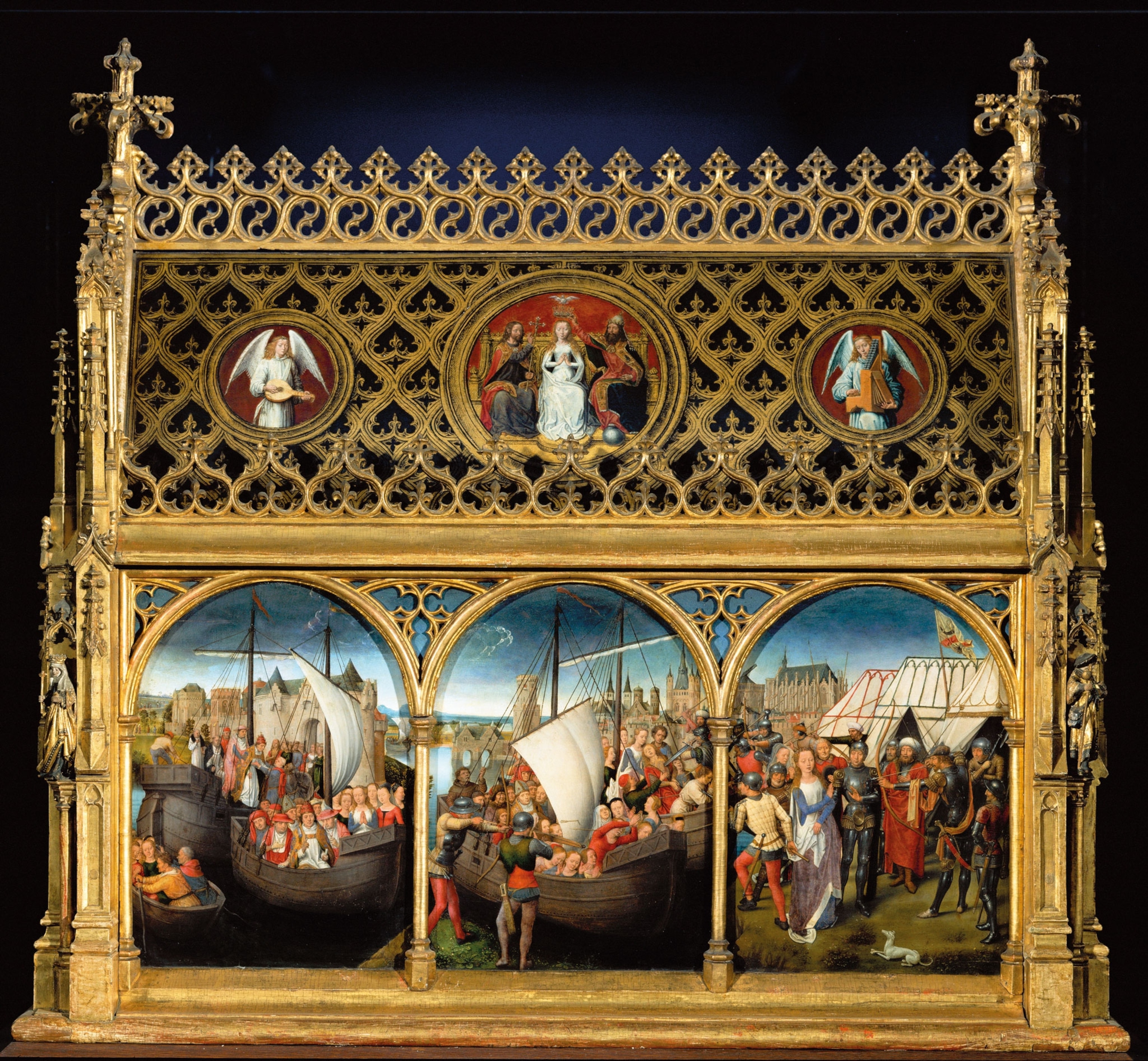
By the 13th century the story had evolved again: Ursula became a British princess and devout Christian, who undertook a pilgrimage to Rome together with 10 companions, each with a thousand handmaidens. On their way back, the women were murdered by the Hun hordes at Cologne. The large number of martyrs may arise from a mistranslation of a source that states XI M V—“eleven virgin martyrs”—in which the M was interpreted as millia, meaning thousands, and so giving the reading of 11,000 virgins.
Today many of the relics associated with St. Ursula and the martyred virgins are found in the Golden Chamber of the Basilica of St. Ursula in Cologne. Many agree that Ursula’s tale, while inspirational, is legendary. Its legacy helped found the Order of St. Ursula in 1535 the first Catholic order dedicated to the education of girls.
Studying sacred relics
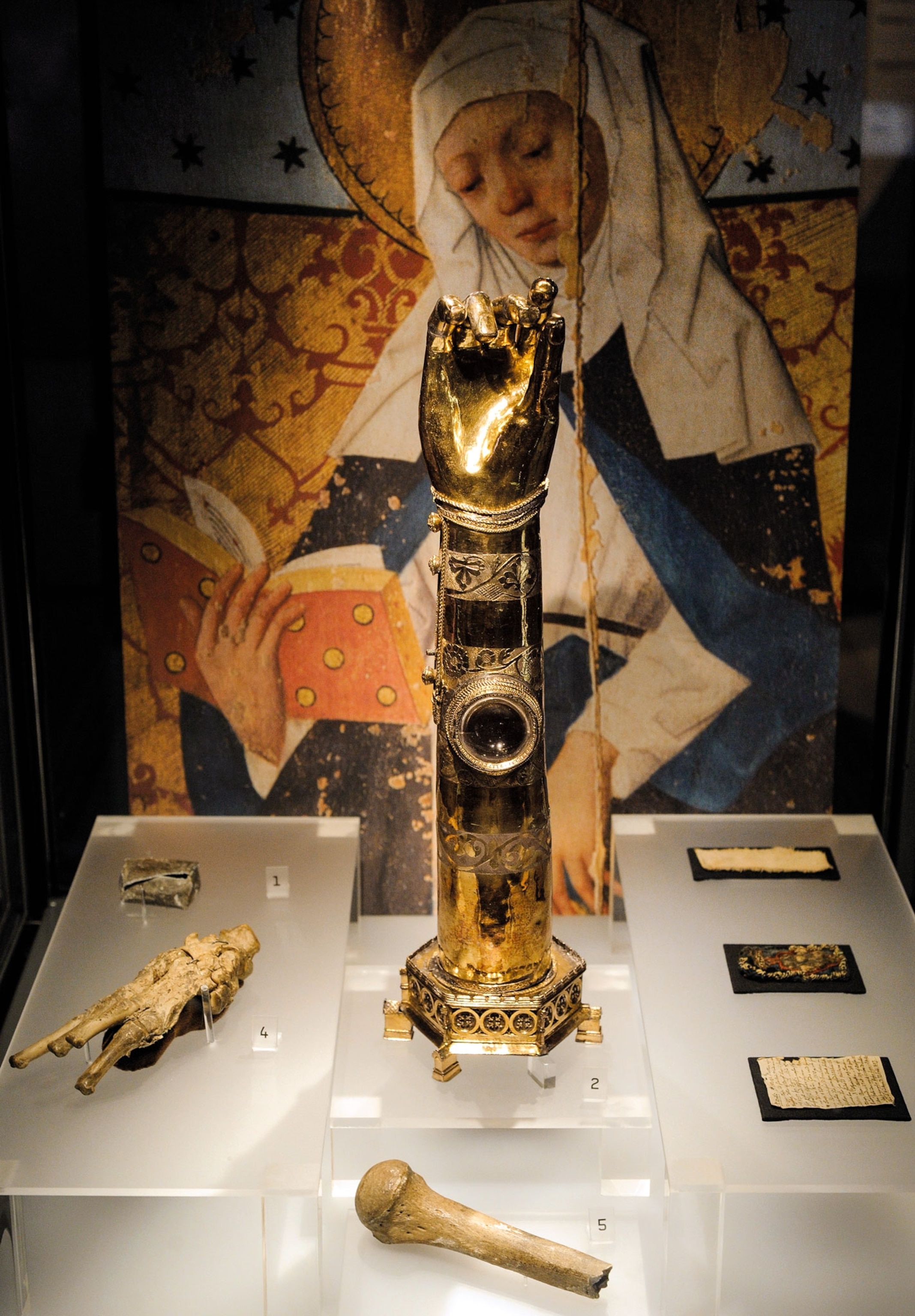
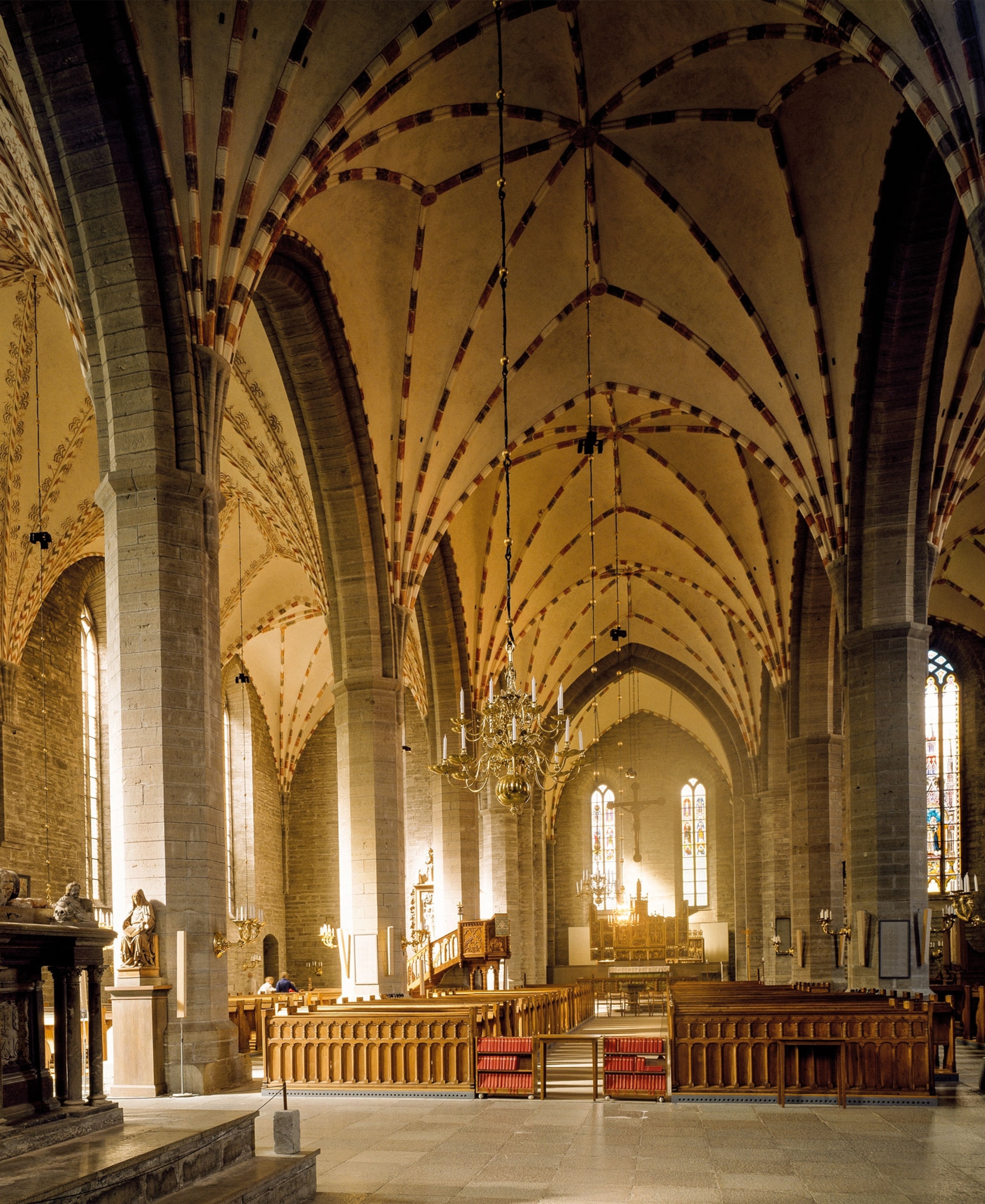
One of the patron saints of Europe, St. Bridget of Sweden was born in Uppsala in around 1303. Throughout her life, Bridget was said to have had many intense religious experiences. She was critical of excess pomp in the church, and in 1346 founded a religious order, the Order of the Most Holy Savior, at Vadstena Abbey. After making a pilgrimage to the Holy Land, she died in Rome in 1373. Her daughter, Catherine, was made abbess of Bridget’s order. Bridget was proclaimed a saint in 1391, and her remains were returned to Sweden to be interred. After their initial burial, they were disinterred and distributed to various sites. A reliquary containing what is purported to be her arm is now in a Stockholm museum. Two skulls, believed to be those of Bridget and Catherine, were placed in a relic shrine at Vadstena Abbey. Even after Sweden adopted the Protestant faith, Bridget was still venerated by Lutherans as well as Catholics.
In 2010 the Department of Genetics and Pathology at Uppsala University carried out a study of the skulls at the abbey. Forensic anthropological analysis of the relic believed to be St. Bridget’s belonged to a woman who lived between 1215 and 1270, before Bridget’s birth. Mitochondrial DNA analysis of both skulls showed no family relationship between the two, so their owners could not have been mother and daughter as believed. Although the scientific discovery undermines the narrative behind this 600-year-old sacred tradition, it has not deterred pilgrims from visiting Vadstena and venerating the relics.
Royal relic collection
Even as Protestant Reformers fulminated against the worship of “bone and cloth,” Spain’s arch-Catholic monarch Philip II— ruler of a vast empire incorporating the Americas, the Philippines, Spain, Portugal, swathes of Italy, and the Netherlands—was an avid relic collector. When Philip died in 1598, after a 42-year reign, he left behind a collection comprising thousands of relics (some estimate nearly 7,500 items). Housed at the El Escorial Monastery in the Guadarrama Mountains near Madrid, the collection included 12 whole bodies, 144 heads, and 306 major bones. (Were bones of John the Baptist found in the ruins of a Bulgarian church?)

According to José de Sigüenza, the late 16th-century librarian and historian of El Escorial, Philip had parts from almost every saint and pursued relics with “holy greed.” The king had hundreds of reliquaries made for storing these sacred objects. Chroniclers recount his utter obsession with the power of relics and his belief that the success of certain royal decisions was directly linked with acquiring them.
When Philip was planning to marry his niece Archduchess Anna (his fourth and final wife), he wrote a letter to the Duke of Alba explaining that he wanted to acquire the head of St. Anne. If he owned this powerful relic of his wife’s saintly namesake, “she would have more devotion to this house.” To alleviate the constant pain he experienced at the end of his life, Philip kept certain relics near him to provide comfort. A piece of the True Cross was passed over the parts of his body that most troubled him during his long, final illness.








